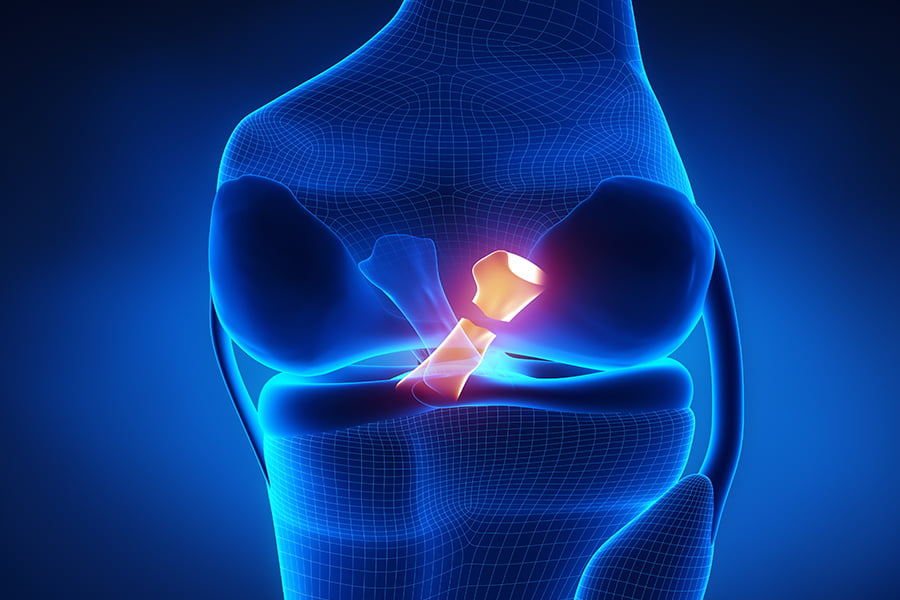
Meniscus tears are common injuries among athletes and aging adults. In your knee joint, between your shinbone (tibia) and your thighbone (femur), are two structures that act as shock absorbers. They are known collectively as menisci. The C-shaped medial meniscus lies on the inside part of your knee. The U-shaped lateral meniscus is found on the outer half. The two menisci form a gasket between the tibia and the femur. They help spread out the forces that are transmitted across the joint.
The ends of your tibia and femur are covered with articular cartilage – a smooth, slippery material that allows the bone surfaces to slide against each other without causing damage to either surface. The menisci protect the articular cartilage from getting too much pressure on one small area on the surface of the joint by spreading out the forces on the knee joint.
The simple act of walking puts up to two times your body weight on the knee joint. Running increases that force to about eight times your body weight. If the force is concentrated onto a small area, damage and degeneration of the articular cartilage occurs, resulting in a condition called osteoarthritis.
The menisci are prone to injury. Originally fairly tough and rubbery, the meniscus grows weaker with age. In younger people meniscus tears usually occur as a result of a forceful twisting injury, such as might be encountered in sports. Fairly minor injuries, even from the up-and-down motion of squatting, can result in meniscus tears in aging adults.
Degenerative types of meniscal tears are commonly seen as part of the overall condition of osteoarthritis of the knee in the older adult.
Symptoms of a torn meniscus include pain and swelling, sometimes involving the entire knee. If the tear is large enough, the knee joint can also lock up, meaning it cannot be straightened out.
For more information on this subject, call The Zehr Center for Orthopaedics at 239-596-0100 or visit www.zehrcenter.com. The information contained herein is compiled from a variety of sources. It may not be complete or timely. It does not cover all diseases, physical conditions, ailments, or treatments. The information should NOT be used in place of a visit with your healthcare provider, nor should you disregard the advice of your health care provider because of any information you read on this topic.